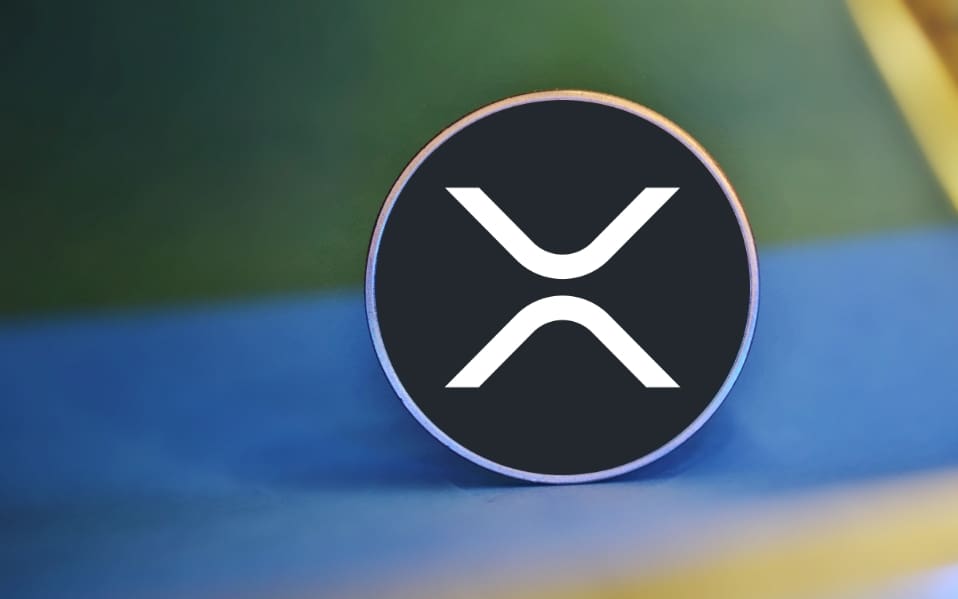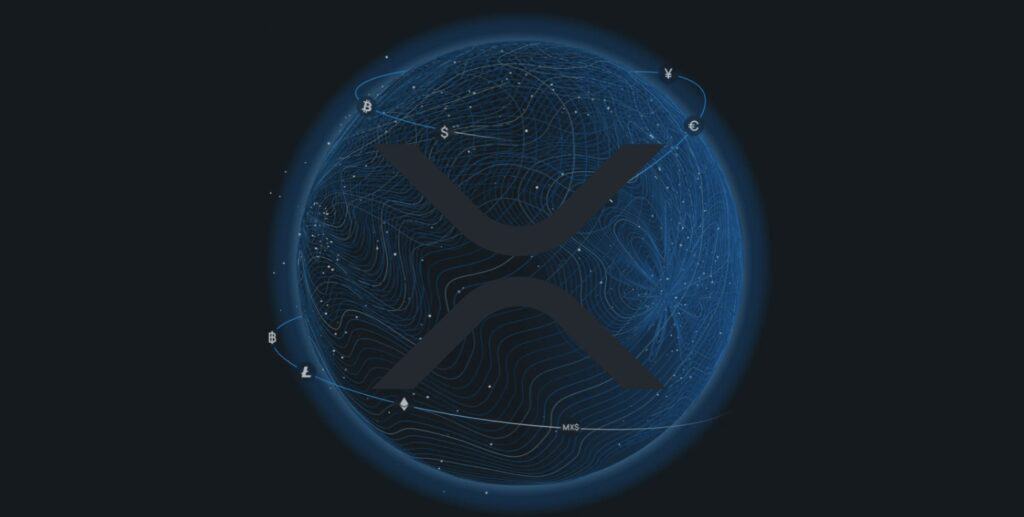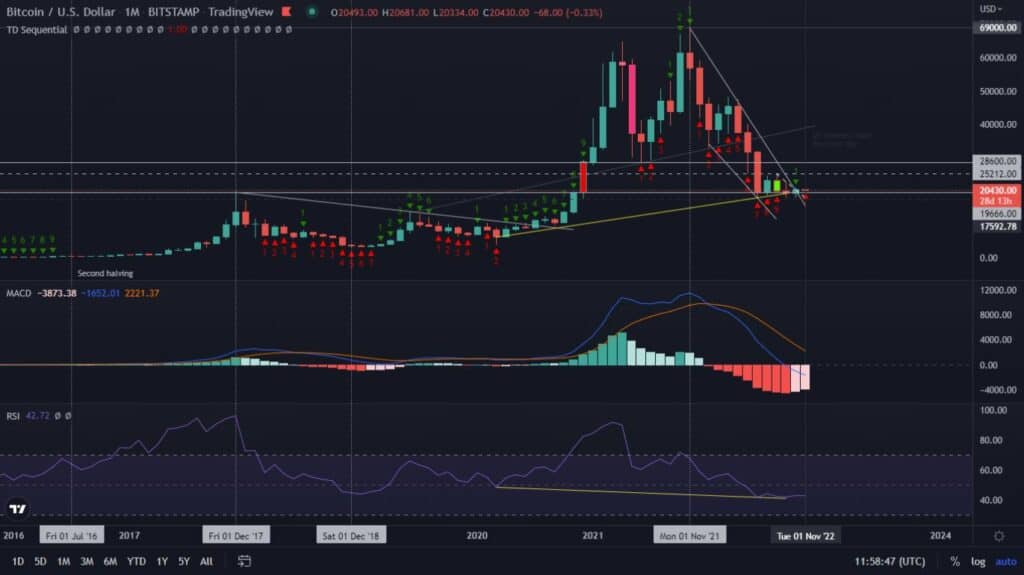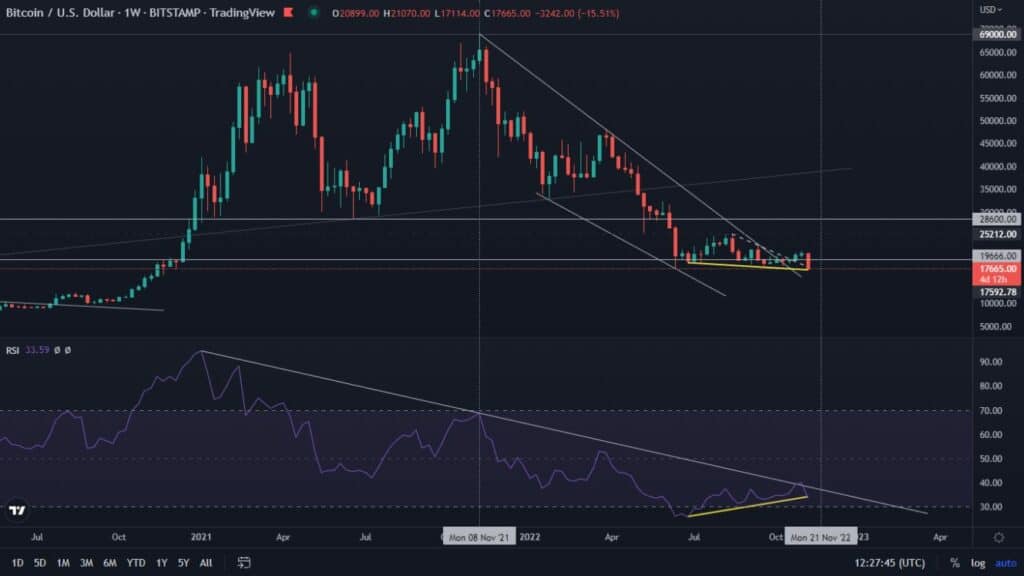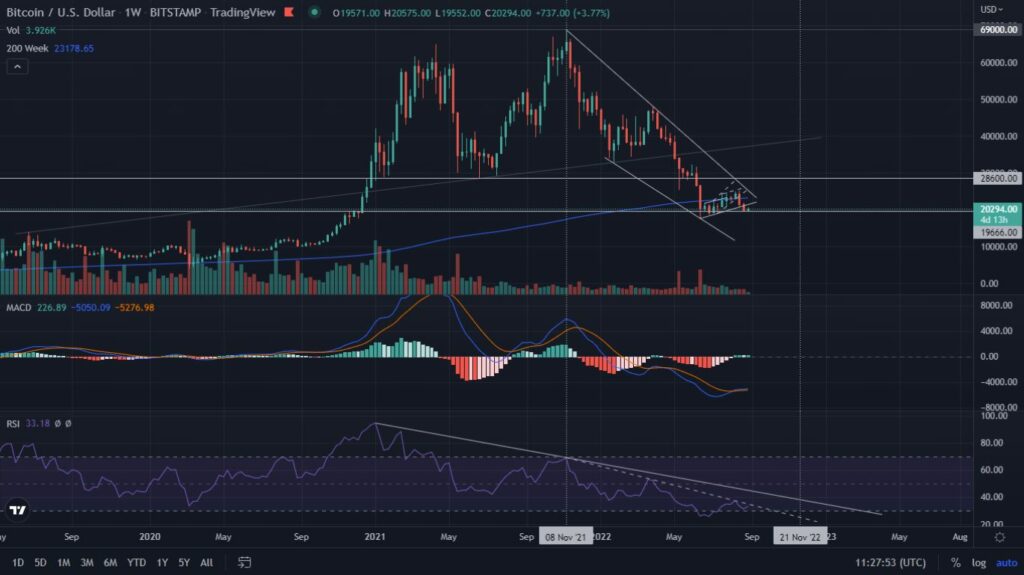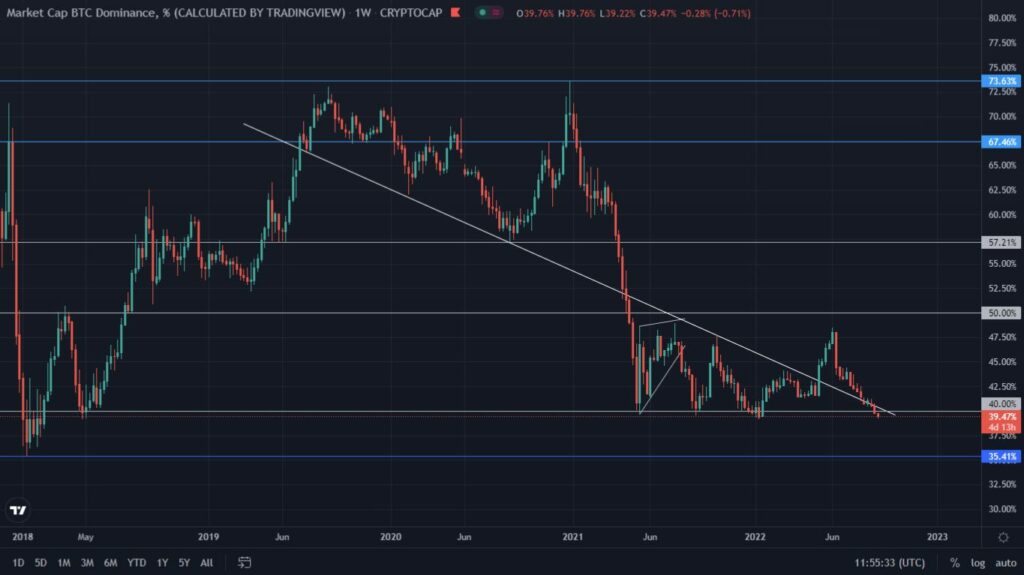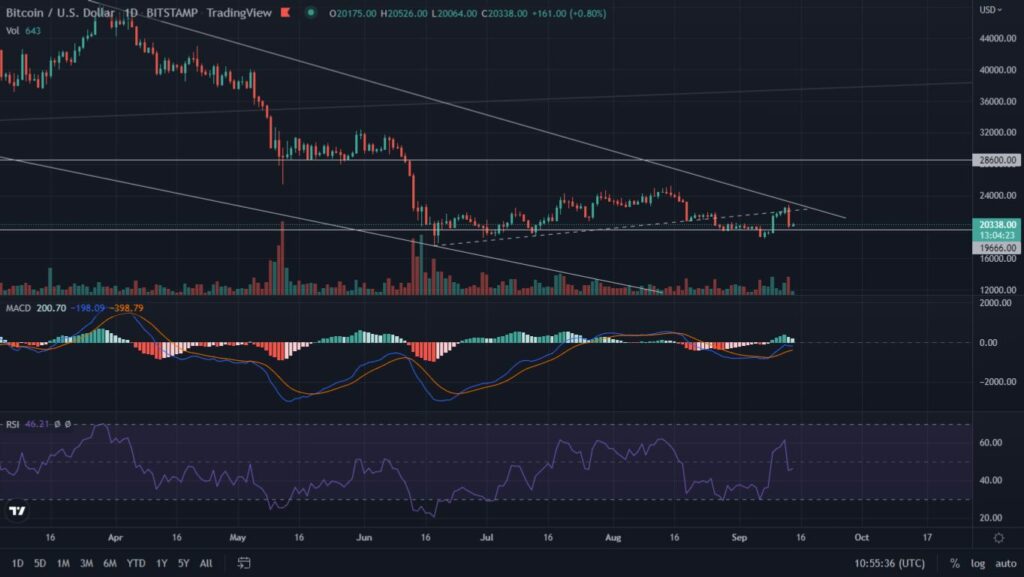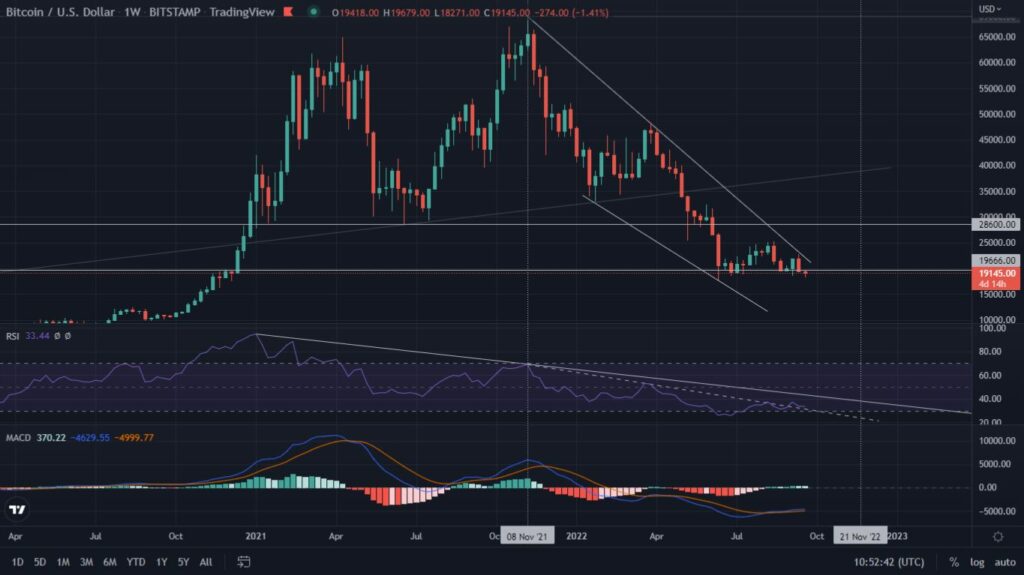“Layer 1 protocol” is a very popular statement. However, not everyone knows what it entails. In this material, we will tell you what Layer 1 is and its importance.
The essence of first layers
The most commonly known Layer 1 is behind Ethereum. It is a set of solutions designed to make the underlying protocol more efficient by taking care of its security and scalability. Decentralization is also one of the basic tenets of Layer 1. All these conditions are met by the consensus protocols adopted by the network, the main ones being Proof of Work (POW) and Proof of Stake (POS).
Currently, the Ethereum network is experiencing a transition from PoW to PoS. The first of the two protocols provides a high level of network security, but requires high financial and consequently hardware resources to effectively maintain the network. The second, on the other hand, gives a higher level of scalability with a completely different transaction approval system that is also much cheaper.
Another layer 1 solution is Sharding. Vitalik Buterin spoke about the potential of its application quite recently. It is a scheme according to which a network is divided into a number of separate blocks, called shards. They reduce the requirements of nodes for transaction processing and facilitate network management.
Since there is layer one, it is also worth mentioning layer two. In the case of Ethereum, a popular solution at this level is, for example, Loopring, which enables fast and much cheaper transactions than the base layer. Rollups are also known to be used, which allow more transactions to be processed than Layer 1 can process.
2021 was the year of Layer 1
Layer 1 protocols are numerous. Ethereum is their most well-known representative. However, in 2021 such networks as Solana, Avalanche, Polygon or Polkadot started to tread on its heels. These are solutions that find similar applications to Ethereum, but have higher scalability, for example.
Nikolaos Panigirtzoglou, JPMorgan’s cryptocurrency expert, even claims that Ethereum is no longer unique and its solutions are constantly being copied and refined to become much more competitive.
In his words: “You can already see competition from Binance and also Solana. And there will be more in the future.”
Many experts agree, pointing out that other Layer 1 protocols are steadily gaining popularity, and that address growth on the MATIC and SOL networks has picked up real momentum recently. This can also be seen in the behavior of institutional investors, who are increasingly looking towards blockchains with lower market capitalization.
However, this does not mean that Ethereum will be pushed out of the market. It is worth remembering that it is a network that is constantly developing and strives to increase its values and become even more competitive. Moreover, it is backed by the highest security and prestige, which smaller networks still have to earn.




